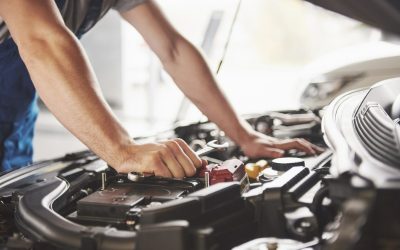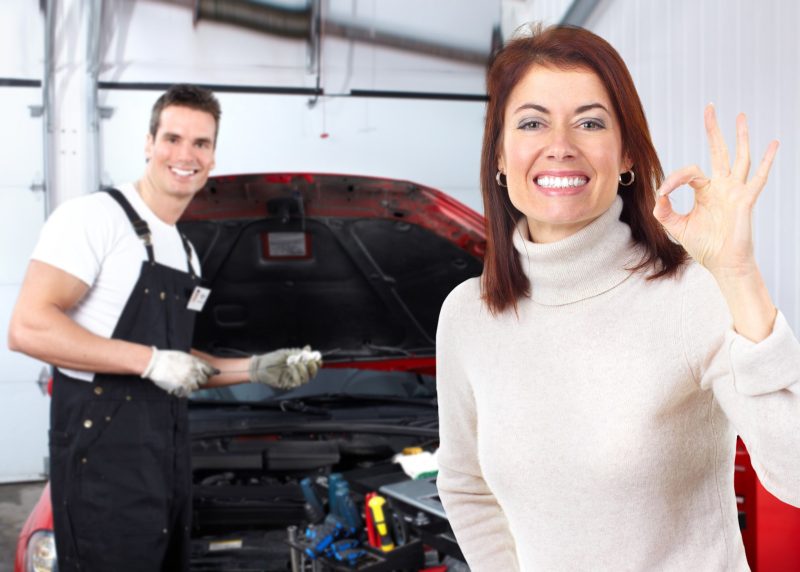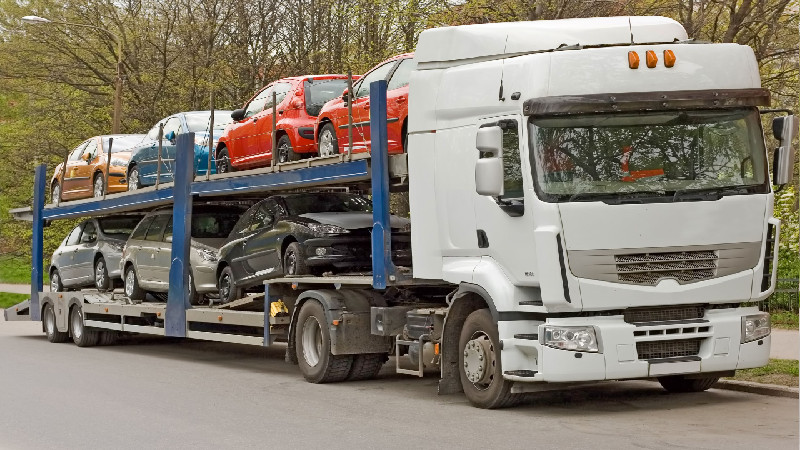When it comes to towing, you must ensure your trailer’s safety and security. This operation relies heavily on the coupling device. These components are critical for connecting your trailer to your vehicle, ensuring safe and effective towing. Understanding the various types and their functionalities will allow you to make more educated choices when choosing the appropriate coupling solution for your requirements.
Understanding Hitch Couplers
Hitch connections are necessary for connecting a trailer to a towing vehicle. They come in many shapes and sizes to accommodate different trailer types and hauling requirements. A properly functioning connector ensures a secure attachment, considerably lowering the danger of accidents on the road. The two most prevalent forms of hitch couplers are ball couplers and pintle couplers. Regular trailers commonly use ball couplers, which attach to a hitch ball. They are simple to use and offer a dependable connection. Pintle couplers, on the other hand, are ideal for heavy-duty applications such as pulling heavier trailers or machinery. They feature a hook-and-eye mechanism, which improves flexibility and strength. When choosing a towing connection, consider the weight capacity and compatibility of your trailer and car. The connector should be rated for the load you plan to transport. It ensures that the device can resist the demands of towing while maintaining safety.
Installation & Maintenance
Installing a towing coupler is usually straightforward, but careful attention to detail is essential. First, check that the coupler is compatible with your trailer hitch. To provide a secure connection, it must tightly fit onto the hitch ball or pintle hitch. After installation, make sure the coupler is properly tightened and that all safety pins and locking mechanisms are engaged. It will help to avoid any unintended disconnections during towing. Regular maintenance is also required for these components to perform accurately over time. Inspect regularly for symptoms of wear or corrosion, such as cracks or rust. Lubricating moving parts can help prevent corrosion and ensure a smooth operation. If you notice any considerable wear, the coupler may need to be replaced to guarantee safe towing.
Importance of Safety Features
Many modern couplers include additional safety features such as anti-rattle designs and integrated locks. Anti-rattle features limit play between the trailer and the car, resulting in a more comfortable ride. Additionally, some couplers have changeable height settings. This flexibility enables users to match their trailer with their towing vehicle exactly, increasing stability and saving wear on both the hitch and the trailer. Proper height adjustment enhances safety and contributes to the overall balance of the hauled cargo. Hitch couplers are a valuable part of towing safety and performance. Understanding the various types and installation criteria will help you ensure a secure connection between your trailer and car. Regular maintenance and the usage of safety measures can improve your towing experience, making it more secure and dependable. Whether you’re a seasoned towing professional or a weekend warrior, investing in the correct connector can help ensure a smooth and safe journey.


